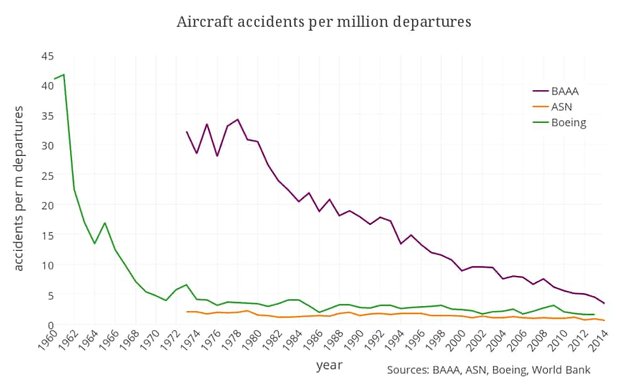Plane turbulence and fear of flying
We all know that anxious feeling some of us get when we encounter a little turbulence. As you grip the armrest, you find yourself looking over to the flight attendants, to see if they have a look of despair indicating the inevitable end.
I thought I'd share a few tips and ways how you can overcome this.
I love to travel, I have almost clocked up 50 countries, but it wasn't until I hit my late 20's that this fear of flying developed. Don't know why, but I put it down to the theory that I had been on over 400 flights so something was bound to happen sooner or later. Like all things that start off as a small anxiety, it snowballed and pretty much got to the point I had to do something about it. Getting on a plane, sitting, clinching the armrest, deep breathing and looking dead straight ahead is just was no way to spend time on a flight.
I decided to turn to our friend google and do research on flying, turbulence, aviation crash history and the stats. I did all this to get an understanding of what the plane encounters and the environment of flying. The lack of control can be attributed to most people's fear of flying. Do you actually think the pilot is at the front in a panic or gripped with fear. Watch the captain Sully Hudson river youtube clip to see how calm pilots are even in the face of danger.
The reality is that planes are designed in such a way that the chance of being involved in a fatal crash where you may or may not die is 1 in 19.8 million for the top 39 airlines
(Source: OAG Aviation & PlaneCrashInfo.com accident database, 20 years of data, 1993 - 2012). Now factor in that it is 2017 so those odds have dramatically decreased, considering that is an average over those 20 years.
Below is a phase of the flight where most accidents occur

Source: Statistical Summary of Commercial Jet Airplane Accidents, 1959 - 2008, Boeing
Turbulence (the disturbance in the air) is a big factor that cause people to jitter and go straight faced but it is a natural and often normal part of a flight (especially for the smaller planes). Planes are designed to withstand remarkable weather conditions, huge amounts of negative and positive G-force, lightning strikes, hail storms. Keep that in mind next time you hit a little wind pocket.
Also try to sit at the front of the plane rather than the back as you will experience a lesser impact from turbulence encountered.
Check out the webpage from UK business insider to see how far a wing can bend;
http://uk.businessinsider.com/the-wings-of-this-airbus-plane-can-bend-way-more-than-you-thought-possible-2016-1
Yes turbulence can cause injuries, generally this happens to flight attendants who are not buckled up but rather standing and moving. To bring down a plane, you would have to have cyclone like conditions coupled with pilot error and probably mechanical failure for there to be even a chance of something going wrong.
It's not the 1960's or 1970's anymore, with all the advancements in technology and strict aviation rules and guidelines in this day and age the likely hood has gone down by about 95% since the 1960's

Source; The Guardian
The main reason for plane crashes, actually above 50% is not mechanical or weather which combined account for under 25% but pilot error.
Now you can always choose who you fly with; Qantas from Australia is a large company and has been fatality free since the era of aviation. Have a read through this site to see the top 20 airlines;
http://www.airlineratings.com/news/997/worlds-safest-airlines-for-2017
I also found that watching several crash videos on youtube actually relaxed me, weird I know, but I also had a friend who said the same thing to me, although not for some people this did actually work for me in a weird way.
And if all else fails, get a little bit loaded before a flight or during long haul flights, that usually does the trick and its free on most long haul flights.
Remember flying is considered statistically the safest mode of transport in this day and age.
Piotr
Thanks for the info
no prob, hope it helps